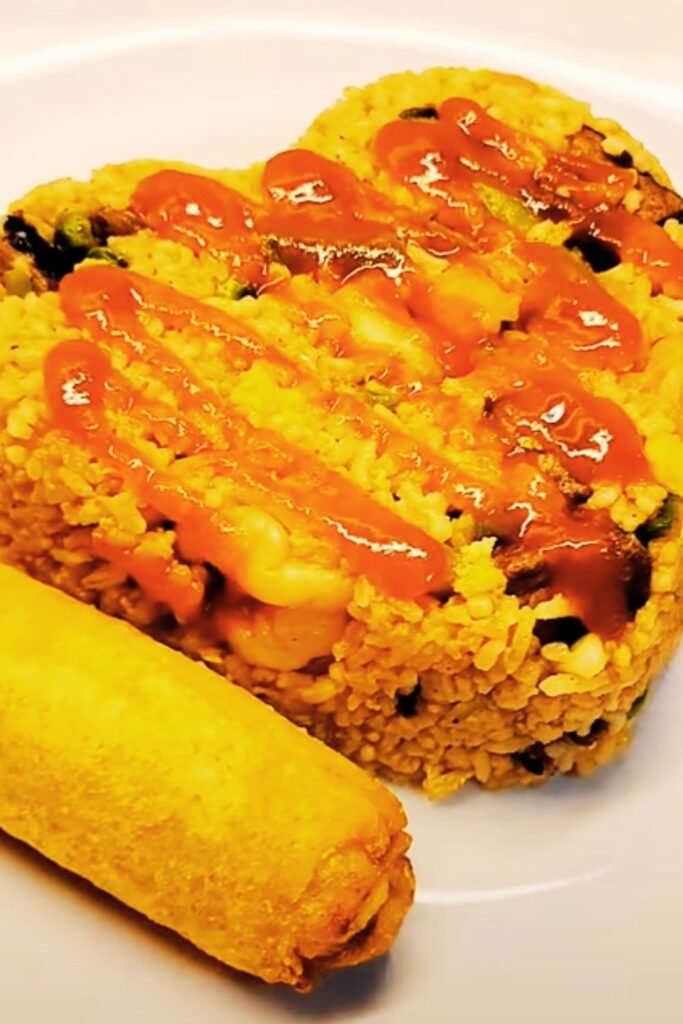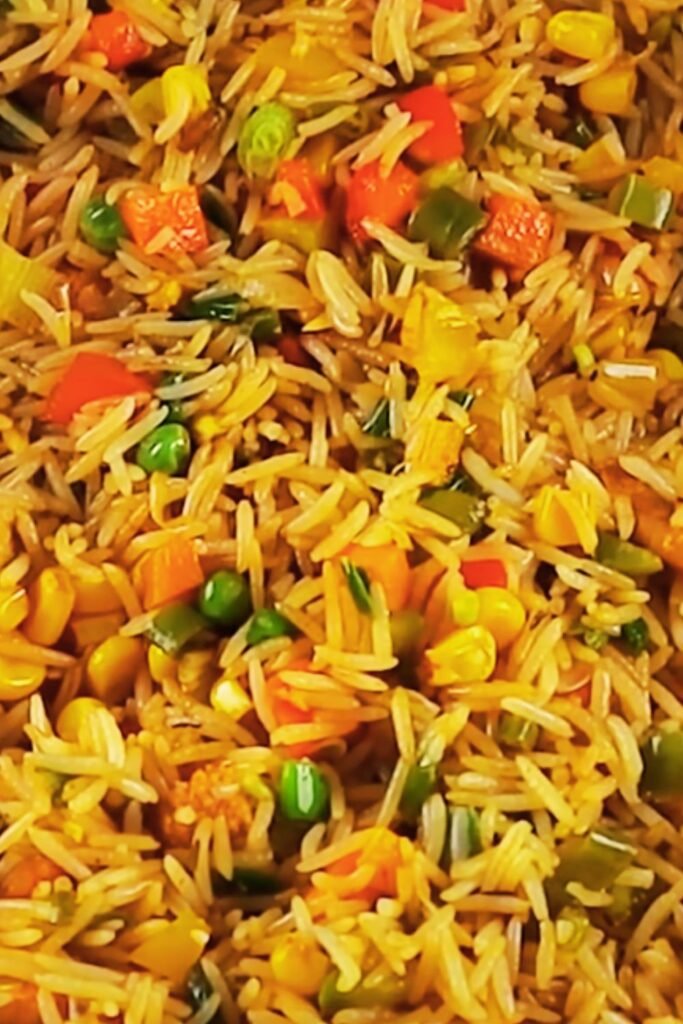When I first discovered matcha crinkle cookies at a small bakery in Seattle, I knew I had to recreate that magical combination of earthy matcha flavor wrapped in a perfectly chewy, crinkled exterior. These stunning green cookies have become my go-to dessert for impressing guests and satisfying my own matcha cravings. Today, I’m sharing everything I’ve learned about creating these Instagram-worthy treats that taste even better than they look.
What Makes Matcha Crinkle Cookies Special
Matcha crinkle cookies represent the beautiful fusion of traditional American baking techniques with the sophisticated flavors of Japanese tea culture. The signature crackled appearance comes from rolling the dough in powdered sugar, which creates those gorgeous white fissures as the cookies expand during baking. Combined with the vibrant green color and complex flavor of ceremonial-grade matcha, these cookies are truly something special.
I’ve spent countless hours perfecting this recipe, testing different ratios of matcha powder, experimenting with various sugars, and adjusting baking times to achieve that perfect balance of chewy center and slightly crisp edges. The result is a cookie that’s not overly sweet, allowing the earthy, slightly bitter notes of matcha to shine through while still being approachable for those new to this unique flavor.
Essential Ingredients for Perfect Matcha Crinkle Cookies
Matcha Powder Selection
The quality of your matcha powder will make or break these cookies. I always recommend using ceremonial-grade matcha for the best flavor and color. Culinary-grade matcha can work in a pinch, but you’ll notice a difference in both taste and vibrancy. Look for bright green powder that smells fresh and vegetal, not dull or fishy.
Sugar Components
I use a combination of granulated sugar and brown sugar in the dough itself. The granulated sugar provides structure and sweetness, while the brown sugar adds moisture and a subtle molasses note that complements the matcha beautifully. For rolling, powdered sugar is absolutely essential – it’s what creates those stunning white cracks.
Flour and Leavening
All-purpose flour works perfectly for these cookies. I’ve experimented with cake flour for a more tender crumb, but found that all-purpose gives the ideal texture. Baking powder is crucial for the proper lift and crack formation, while a pinch of baking soda helps with browning and texture.

Detailed Ingredient Breakdown
| Ingredient | Amount | Purpose | Quality Notes |
|---|---|---|---|
| Ceremonial-grade matcha powder | 3 tablespoons | Primary flavor and color | Look for vibrant green color, avoid brown-tinged powder |
| All-purpose flour | 2¼ cups | Structure and texture | Spoon and level for accuracy |
| Granulated sugar | ¾ cup | Sweetness and structure | Regular white sugar works best |
| Brown sugar (packed) | ½ cup | Moisture and depth | Light brown preferred |
| Unsalted butter | ½ cup (1 stick) | Fat and flavor | Room temperature, not melted |
| Large eggs | 2 | Binding and moisture | Room temperature for better mixing |
| Vanilla extract | 1 teaspoon | Flavor enhancement | Pure extract, not imitation |
| Baking powder | 1½ teaspoons | Leavening for cracks | Fresh powder for best results |
| Baking soda | ¼ teaspoon | Additional leavening | Creates slight alkaline environment |
| Salt | ½ teaspoon | Flavor enhancement | Fine sea salt or table salt |
| Powdered sugar (for rolling) | 1 cup | Exterior coating | Creates the signature cracks |
Step-by-Step Baking Process
Preparation Phase
I always start by preheating my oven to 350°F (175°C) and lining two baking sheets with parchment paper. This temperature works perfectly for achieving the right balance of cooking the interior while creating those beautiful cracks on the surface.
Mixing the Dry Ingredients
In a medium bowl, I whisk together the flour, matcha powder, baking powder, baking soda, and salt. This step is crucial for evenly distributing the matcha powder throughout the flour, preventing green streaks in the final cookies. I’ve learned to sift the matcha powder first if it seems clumpy – this extra step makes a significant difference in the final texture.
Creaming Butter and Sugars
Using an electric mixer, I cream the room-temperature butter with both granulated and brown sugars until light and fluffy, about 3-4 minutes. This step incorporates air into the mixture, which contributes to the cookies’ texture. The mixture should be noticeably lighter in color and increased in volume when properly creamed.
Adding Wet Ingredients
I beat in the eggs one at a time, making sure each is fully incorporated before adding the next. Then I mix in the vanilla extract. The mixture might look slightly curdled at this point – that’s completely normal and will smooth out once the flour mixture is added.
Combining Wet and Dry
Gradually mixing in the flour mixture on low speed prevents overmixing, which can lead to tough cookies. I stop mixing as soon as the ingredients are just combined. The dough will be soft and slightly sticky, which is exactly what we want.

Shaping and Baking Techniques
Chilling the Dough
This step is absolutely critical and one that I never skip. I wrap the dough in plastic wrap and chill it for at least 2 hours, though overnight is even better. Chilled dough is much easier to handle and helps the cookies maintain their shape during baking while developing those perfect cracks.
Rolling and Coating
When ready to bake, I scoop the chilled dough into 1½-tablespoon portions and roll them into balls. Then comes the magic – rolling each ball thoroughly in powdered sugar. I’m generous with the sugar coating, as this is what creates those beautiful white cracks against the green cookie surface.
Baking Guidelines
I place the sugar-coated balls on the prepared baking sheets, spacing them about 2 inches apart. They bake for 10-12 minutes – the key is to not overbake them. The cookies are done when the edges are set but the centers still look slightly soft. They’ll continue cooking on the hot pan after removal from the oven.
Texture and Flavor Profile Analysis
| Characteristic | Description | Achieved Through |
|---|---|---|
| Exterior Texture | Slightly crisp with powdered sugar coating | Proper sugar coating and baking temperature |
| Interior Texture | Soft, chewy, and tender | Correct flour ratio and not overbaking |
| Flavor Balance | Earthy matcha with subtle sweetness | High-quality matcha and balanced sugar content |
| Visual Appeal | Vibrant green with white cracks | Ceremonial-grade matcha and generous sugar coating |
| Aroma | Fragrant matcha with vanilla notes | Fresh matcha and pure vanilla extract |
Troubleshooting Common Issues
Cookies Don’t Crack Properly
This usually happens when the dough isn’t chilled enough or there’s insufficient powdered sugar coating. I’ve found that really chilling the dough and being generous with the sugar coating solves this issue every time.
Color Isn’t Vibrant Enough
This typically indicates using lower-quality matcha powder or not using enough. Don’t be afraid to use the full 3 tablespoons – it might seem like a lot, but it’s necessary for both flavor and color.
Cookies Spread Too Much
Overly warm dough or too much butter can cause excessive spreading. Make sure your dough is properly chilled and your butter was at room temperature, not melted, when mixing.
Bitter Aftertaste
Using too much matcha or low-quality powder can create bitterness. Stick to the recipe proportions and invest in good matcha – it makes all the difference.

Storage and Serving Recommendations
These cookies store beautifully in an airtight container at room temperature for up to one week. I often make large batches because they’re perfect for gifting – their unique appearance and flavor always impress. For longer storage, they freeze well for up to three months when properly wrapped.
I love serving these cookies with hot tea, naturally, but they’re also wonderful with coffee or even a glass of cold milk. For special occasions, I sometimes dust them with additional powdered sugar just before serving to enhance their snowy appearance.
Nutritional Information per Cookie
| Nutrient | Amount | Daily Value % |
|---|---|---|
| Calories | 145 | 7% |
| Total Fat | 4.2g | 6% |
| Saturated Fat | 2.6g | 13% |
| Cholesterol | 28mg | 9% |
| Sodium | 95mg | 4% |
| Total Carbohydrates | 25g | 9% |
| Dietary Fiber | 1.2g | 4% |
| Sugars | 16g | – |
| Protein | 2.8g | 6% |
| Antioxidants | High | – |
Based on a batch of 36 cookies
Variations and Adaptations
White Chocolate Matcha Crinkles
I sometimes fold in ½ cup of white chocolate chips for extra indulgence. The creamy sweetness pairs beautifully with the earthy matcha.
Matcha Almond Crinkles
Adding ¼ cup of finely chopped toasted almonds creates a lovely textural contrast and nutty flavor that complements the matcha.
Vegan Version
I’ve successfully made these using vegan butter and flax eggs (2 tablespoons ground flaxseed mixed with 6 tablespoons water). The texture is slightly different but still delicious.
Gluten-Free Option
Using a 1:1 gluten-free flour blend works well, though the texture will be slightly more delicate. I add an extra tablespoon of flour to compensate for the different absorption rate.
Seasonal Variations and Gift Ideas
During the holidays, I love making these cookies as gifts. I package them in clear containers with green ribbon to showcase their beautiful appearance. For Valentine’s Day, I sometimes use heart-shaped cookie cutters with the chilled dough, though they won’t have the traditional crinkled appearance.
In spring, I pair these cookies with cherry blossom tea for a truly Japanese-inspired experience. Summer calls for serving them alongside vanilla ice cream – the temperature contrast is divine.
Expert Tips for Success
After making hundreds of batches, I’ve learned several tricks that consistently produce perfect results. First, invest in a kitchen scale if you don’t have one – measuring ingredients by weight rather than volume ensures consistency. Second, don’t rush the chilling process – patience here pays off in better texture and appearance.
I also recommend making a test batch first if you’re new to working with matcha. Every brand behaves slightly differently, and you might need to adjust the amount based on your taste preferences and the powder’s strength.
Questions and Answers
Q: Can I use matcha powder from the grocery store? While grocery store matcha can work, I strongly recommend investing in ceremonial-grade matcha from a specialty tea supplier. The flavor and color difference is remarkable, and since matcha is the star ingredient, it’s worth the extra cost.
Q: Why do my cookies come out flat instead of puffy? This usually indicates that your dough wasn’t chilled long enough or your baking powder isn’t fresh. Make sure to chill the dough for at least 2 hours and check that your baking powder is still active by testing it in warm water.
Q: Can I make the dough ahead of time? Absolutely! The dough actually improves with time. You can prepare it up to 3 days in advance and keep it refrigerated, or freeze it for up to 3 months. Just remember to let frozen dough thaw in the refrigerator before shaping.
Q: How do I know if my matcha powder is still good? Fresh matcha should be bright green and smell vegetal and sweet. If it’s brown-tinged or smells fishy or stale, it’s time to replace it. Store matcha in the refrigerator in an airtight container to maintain freshness.
Q: Can I reduce the sugar in this recipe? I don’t recommend reducing the sugar significantly, as it affects both the texture and the cracking pattern. The sugar also helps balance the slight bitterness of the matcha. If you prefer less sweetness, try using a darker, more bitter matcha powder instead.
Q: What’s the best way to measure matcha powder? I always sift matcha powder before measuring to break up any clumps. Then I spoon it lightly into the measuring spoon rather than packing it down. This ensures you get the right amount without making the cookies too bitter.
Q: Why don’t my cookies have enough white cracks? The cracks come from the powdered sugar coating, so be generous when rolling the dough balls. I roll each ball twice in the powdered sugar to ensure complete coverage. Also, make sure your dough is properly chilled – warm dough won’t crack as dramatically.
Q: Can I add other flavors to these cookies? While matcha is the star, subtle additions work well. A teaspoon of vanilla extract enhances the flavor, and a small amount of lemon zest can add brightness. Avoid strongly flavored additions that might compete with the matcha.
Creating perfect matcha crinkle cookies is both an art and a science, but with the right techniques and quality ingredients, you’ll be producing bakery-worthy treats in your own kitchen. These cookies have become one of my signature bakes, and I’m confident they’ll become a favorite in your household too. The combination of visual appeal, unique flavor, and satisfying texture makes them truly special – perfect for any occasion where you want to impress with something beautifully different.